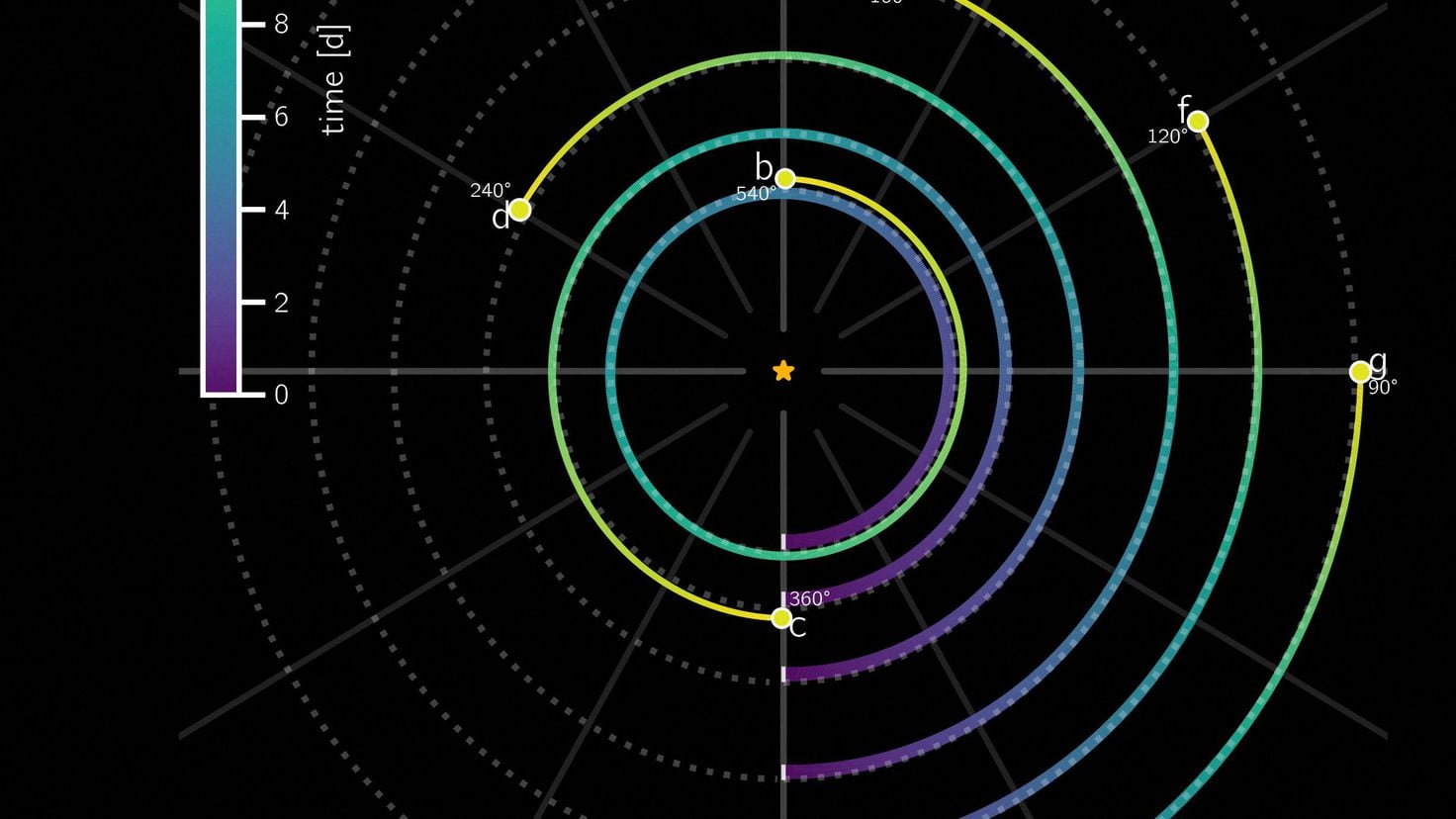Discovering a solar system that has remained unchanged since its formation is incredibly rare, but one star located over one hundred light years from Earth has achieved this remarkable feat. Featured in the northern constellation of Coma Berenices, the star HD110067 has been found to be orbited by six planets, all in synchronous orbital resonance. This exceptional discovery has sparked significant interest and has been published in the prestigious journal Nature.
The phenomenon of orbital resonance has captured the attention of researchers, signaling that the system has maintained its initial configuration for millions of years without experiencing any significant disruptions. This unique system presents a rare opportunity to gain insights into planetary formation and evolution, offering a glimpse into its unparalleled history.
Among the six planets orbiting HD110067, each follows a precise rhythm and traces a distinctive pattern, reflecting an extraordinary case of resonance preservation. Unlike the vast majority of systems where planets often lose resonance and move into somewhat random orbits, this particular solar system remains exceptional due to its unwavering stability.
Moreover, the planets in this system transit in front of their star from Earth’s perspective, which is a remarkable occurrence. This has transformed the system into a valuable laboratory for astrophysicists, providing unprecedented opportunities to study its history and trace its origins. Additionally, the relatively brightness of its sun, coupled with its unique characteristics, will further enrich the understanding of this remarkable solar system.
While the six planets, classified as subneptunes, are located within a distance similar to that of Mercury from the Sun, the possibility of water existing on them has not been ruled out. Despite not being located within the habitable zone, these planets continue to intrigue scientists, with prospects for the discovery of water and other unknown elements within the system’s atmospheres.
As scientists eagerly await new data from the James Webb space telescope, the potential for comprehensive exploration and understanding of this extraordinary solar system continues to prevail. The system’s mass, size, and radius, along with the possibility of water, remain intriguing aspects that await further discovery.


